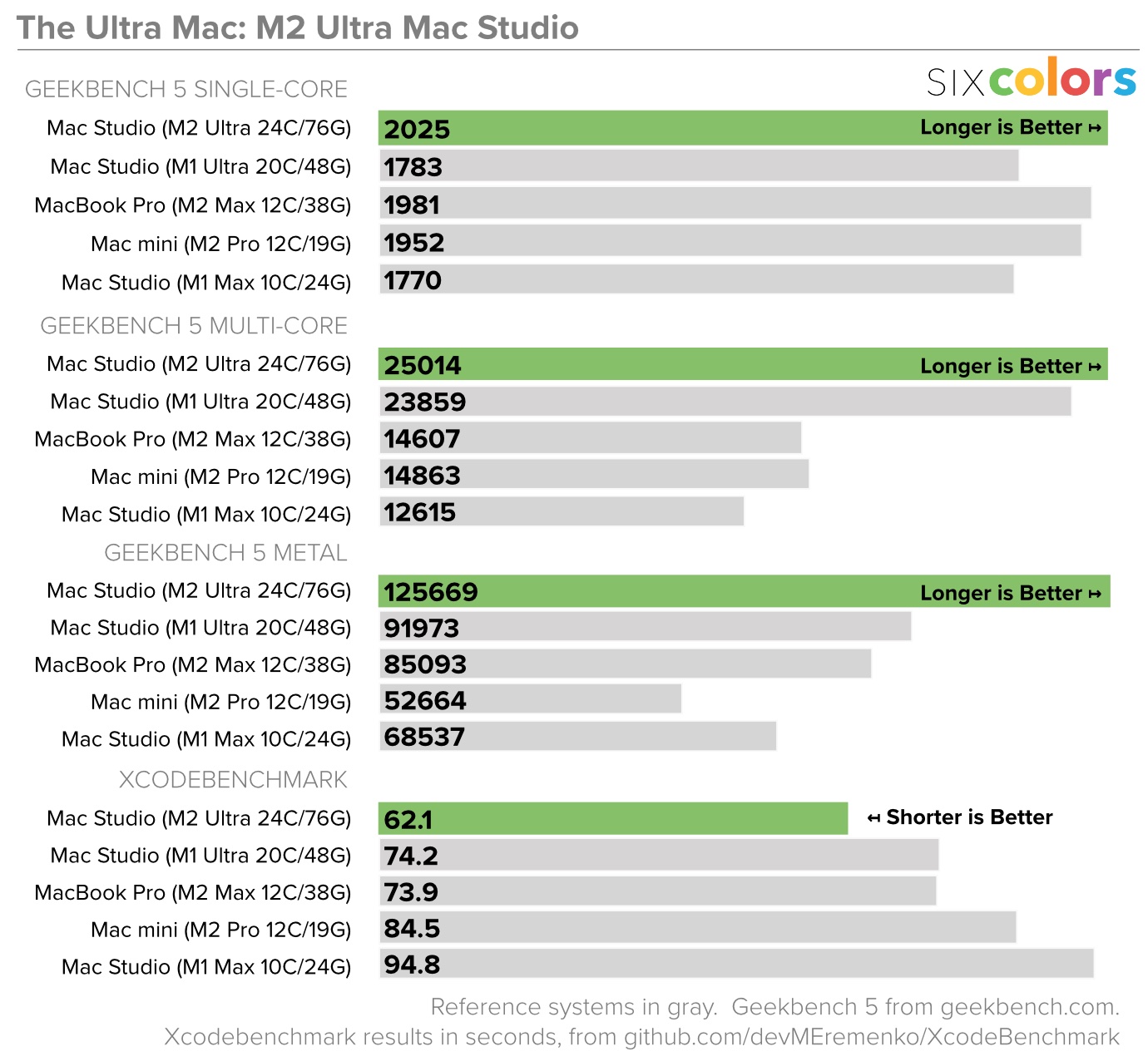For those thinking through M2 Mac mini vs M2 Mac Studio
Some practical perspective on the M2 Pro Mac Mini with the M2 Mac Studio now out (as I'm thinking through my options and and convincing myself not to jump to the Studio out of excitement).
I'm in the returnable time period (within 90 days from where I bought it), so I can return and grab the Mac Studio M2. I just moved from a Mid 2014 MBP (I've managed to edit 4K still on that thing). I bought the base M2 Pro Mac Mini on sale for $1,049 + tax.
As exciting as the M2 Mac Studio is, looking at another ~$900 for running FCPx on mostly sub-30 minute work (with a good amount of plug-ins), image work, maybe streaming...some audio and branding stuff just feels a bit extra. My biggest concern is being at 16GB (read on). However, from what I'm hearing, the base M2 Pro Mac Mini will BEYOND have me covered. Staying with the pro mini leaves open multiple options:
1) a 2nd non-pro M2 Mac Mini (maybe as a dedicated streaming machine down the road),
2) Switching to an M3 Mac Mini (likely far earlier in the cycle), and
3) If the M2 Pro Mac mini feels restrictive later, an M3 (or beyond) Mac Studio in a year or 2 (instead of holding a machine I buy now for extra years - like with that MBP). At that point, the M2 Pro Mac Mini I just bought may be worth $700+ (looking at eBay...the 16GB M1 Mac Minis have sold for $550-$600 in the past few days).
Back to Memory (my main concern for this decision). As an old-school Mac user, it's hard to wrap my head around 16GB being enough. So, I'm doing my first real test right now. I've got Safari, Mail, Activity Viewer, FCPx, Motion, Pixelmator Pro and Compressor (just out of curiosity) launched (also...Crashplan, Streamdeck, Tot, Popclip, Dropbox and other bg tasks). Activity Viewer is hovering at under 12GB used. ZERO swap memory used and 86% of CPU unused. Interestingly, I just launched the App Store to download Logic Pro. While downloading, I went just over 12GB being used. With the App Store still running, I'm now back under 12GB. I haven't seen swap memory even engage.
What I find odd is after quitting all the main apps (Mail, FCPx, Motion, Pixelmator Pro, Compressor and the App Store), I'm still at just around 12GB of memory used. It looks like CrashPlan is using 1.26GB (feels pretty freaking high, but re-scanning right now). ~7GB shows App Memory. I'll restart Safari and edit this post just for reference.
....I went down to just under 6GB with Safari off. Oddly, Macrumor's site was showing "This webpage was reloaded because it was using significant energy"!




